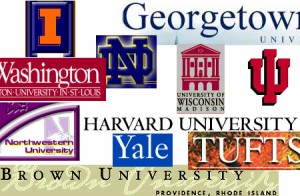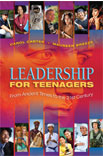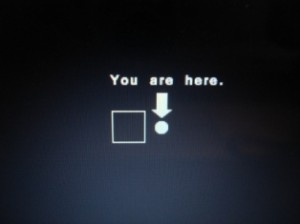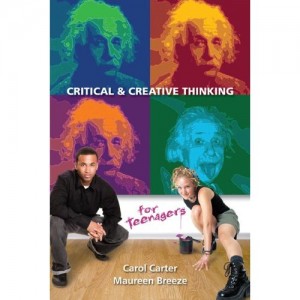Whether you are a parent, a co-worker or a teacher, the holidays are an opportunity time to think of some of the neediest cases in our society and take action. Last Friday, the LifeBound team had their client holiday party. Afterwards, we took the ham and several days worth of food to one of our families at Kepner Middle School  who lost their home to a fire two weeks ago. As a family of seven with five children living now at their neighbors, the family was very grateful for the food. As a company, we are now thinking about how we might involve Habitat for Humanity to rebuild their home and provide other ways to network to support the family with people we know.
There are many ways to help this holiday season and below are some ideas to get you started:
1.       Instead or in addition to a holiday party, make sandwiches and bag lunches for the homeless. Spread out around town and deliver these lunches with a gift.
2.       Schedule a day to work at the soup kitchen. Take your family or your office department to do this work and consider making time to volunteer on a regular basis.
3.       Call your local Hospice or nursing home and ask if you can come in to sing holiday songs.  Bring song sheets and provide them to the guests.
4.       Find out how you can make a difference at your local Children’s Hospital by learning what’s on their wish list and making a donation.
5.       Participate in a Toys for Tots campaign and collect gifts for children in foster families or poor families.
6.       If you have a group of school children, have them make cards for people in the public health hospital. Often these people have no or few family members.
7.       Gather blankets and coats for your local homeless shelter and ask all of your friends and neighbors to do the same.
8.       Have your family write out wishes and intentions for the community and the world—share this with families in the housing projects.
9.       Plan visits to the elderly in your community—neighbors who have lost their spouses and others who have no family.
10.   Call up a homeless youth shelter or a sober living community and offer to bring over a tree and other holiday decorations to brighten their spirits.
There are so many ways to help others this season.  The holidays this year will be especially difficult for many people and if you can look out, see the need and recruit your family and friends to make a difference the holidays will be much more meaningful than just going to the mall to buy gifts for others.  If you have that spirit, your class, your family and/or your company will bond in the most important way possible by reaching out to those in need.

















